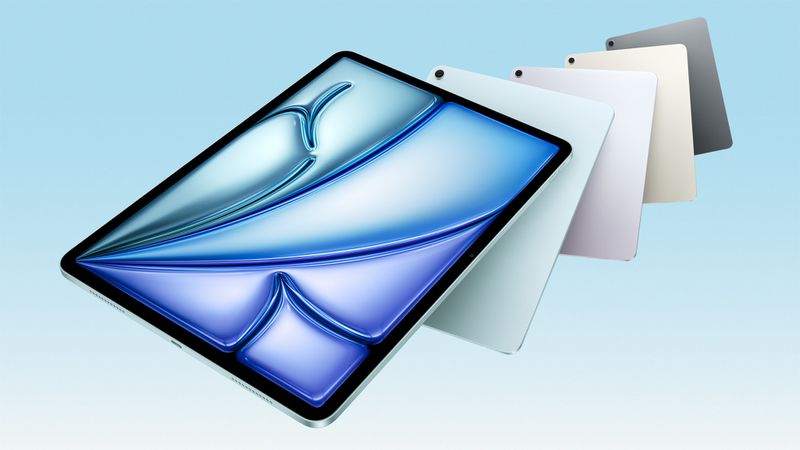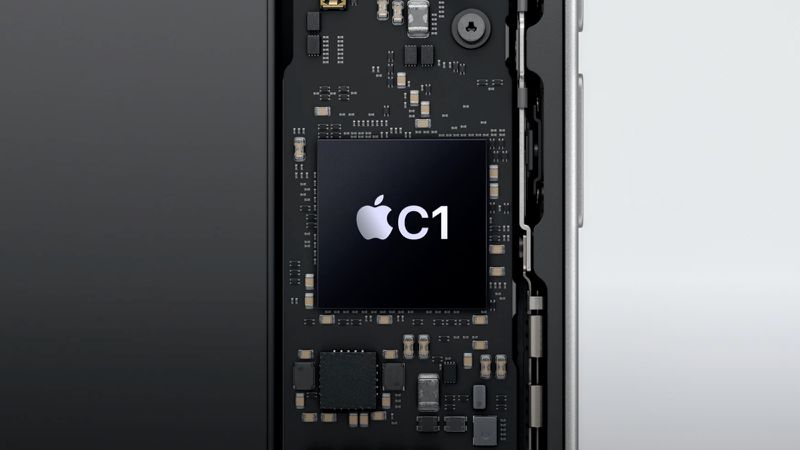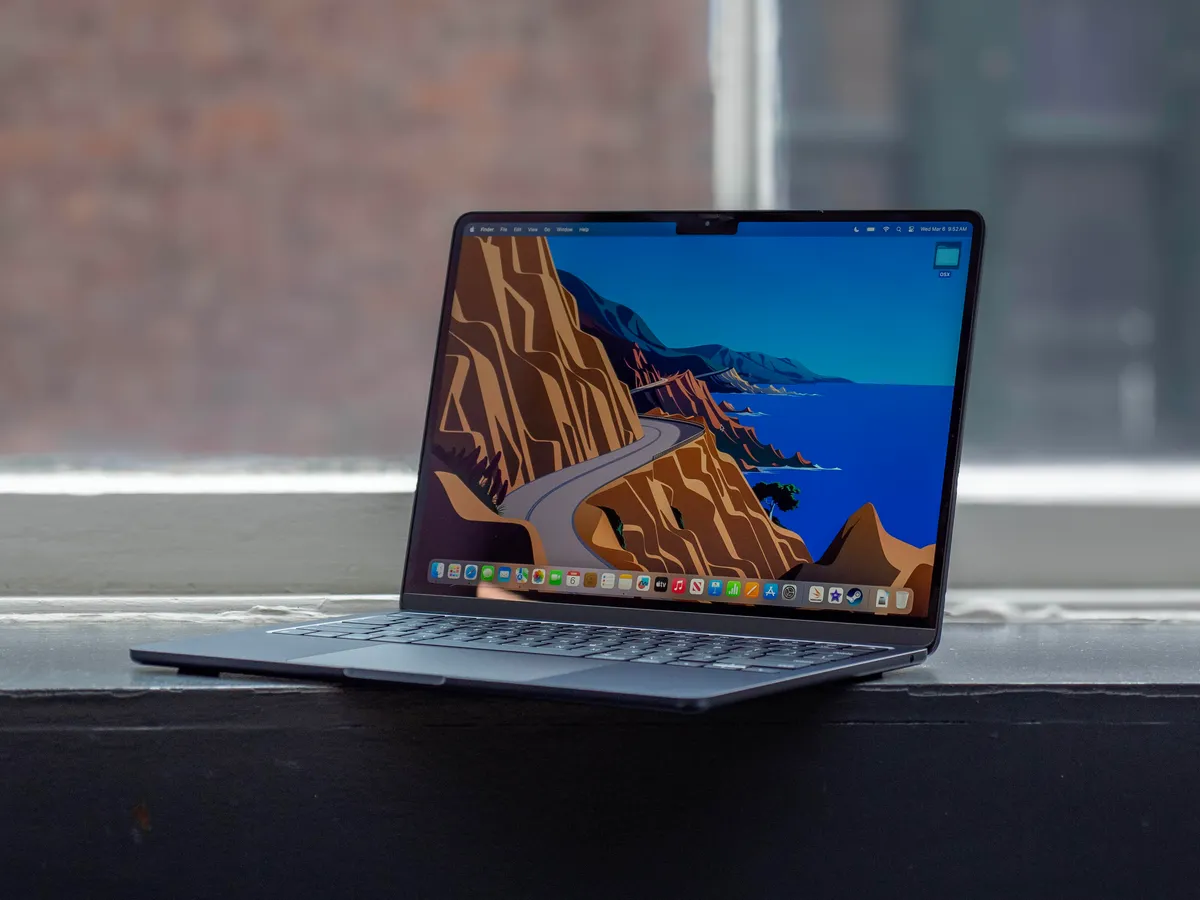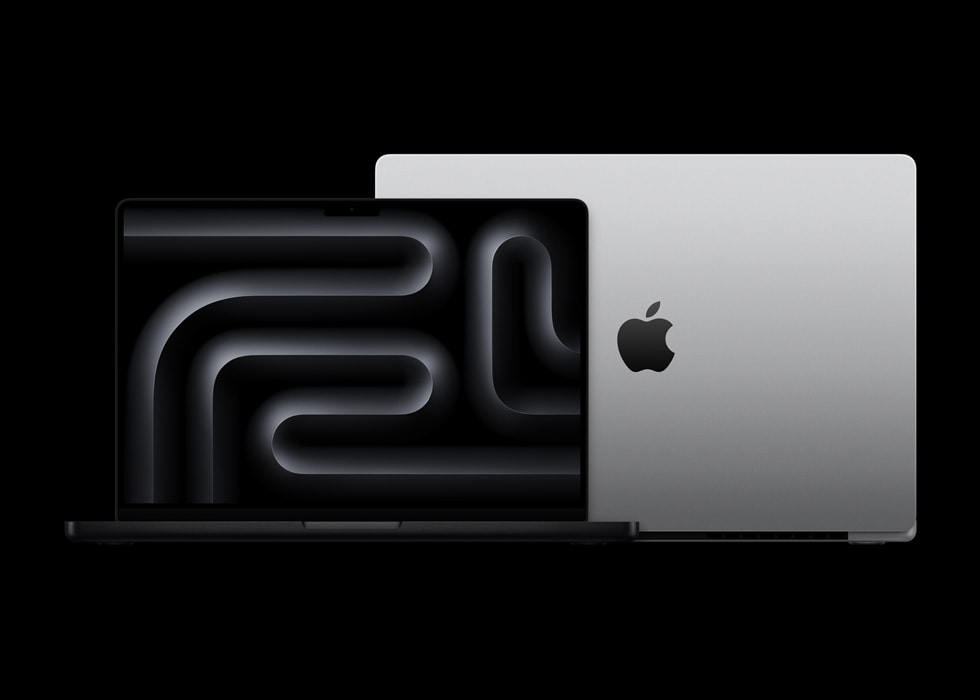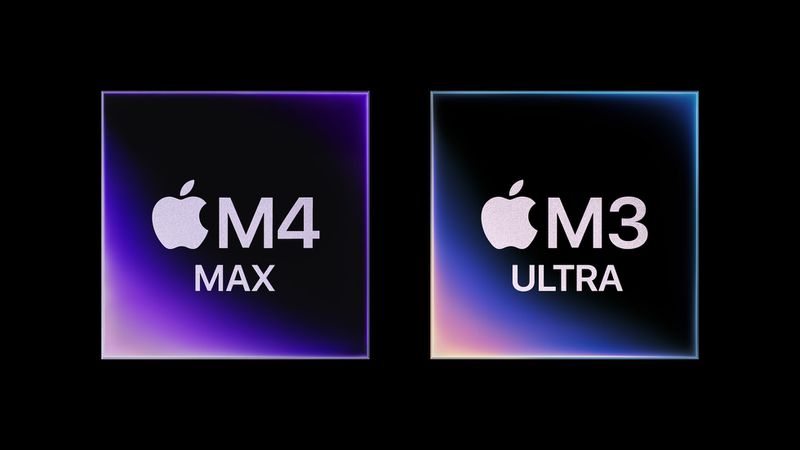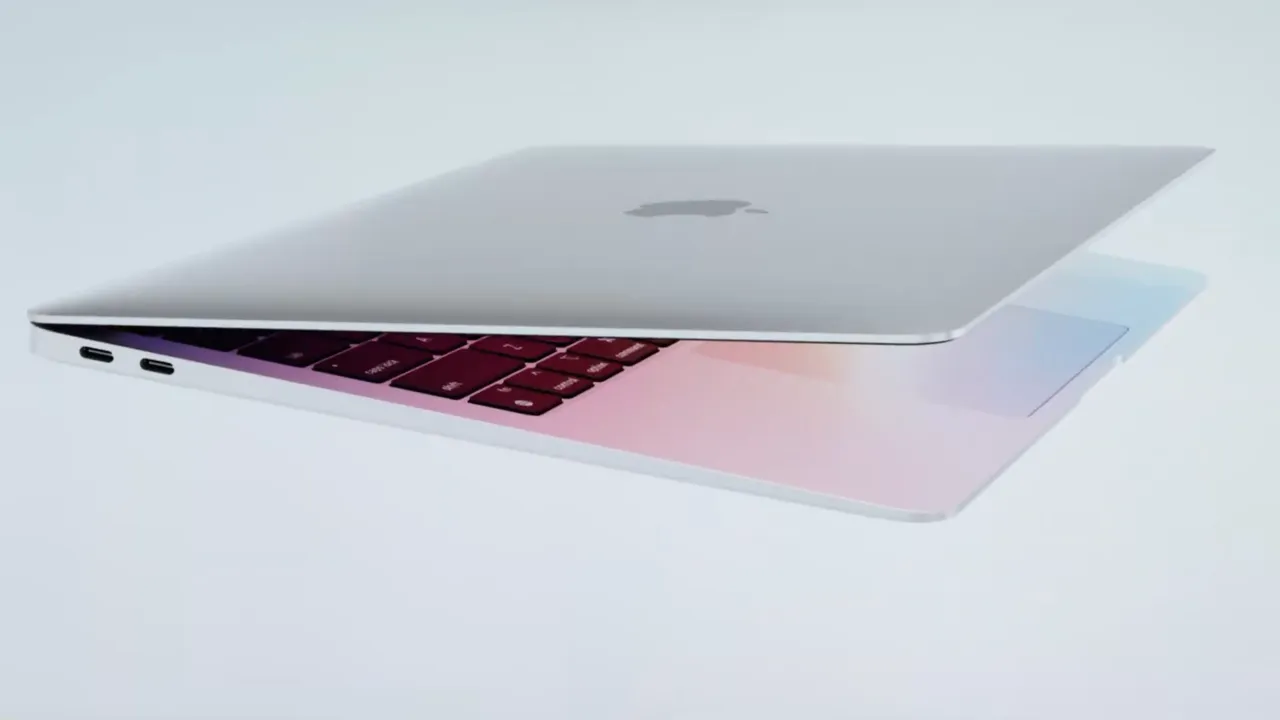Everyone’s buzzing about Apple’s super-speedy M3 Ultra chip for the Mac Studio, but we’re still waiting on those test results. For now, let’s check out the first scores for the new iPad Air with the M3 chip.
M3 iPad Air Performance
The early Geekbench 6 scores for the iPad Air with the M3 chip aren’t shocking, but that’s okay—steady news can be great news! Since Macs already use the M3 chip, we know it’s about 20% quicker than the M2 chip when handling lots of tasks at once (that’s multi-core CPU speed, for the tech fans). The new iPad Air shows the same kind of boost, which is just what we hoped for.
So far, there are three test results for the M3 iPad Air, giving it an average multi-core score of 11,605. Compare that to the last iPad Air with the M2 chip, which scored 9,817 on average. That means the M3 is roughly 18% faster than the M2 in the iPad Air, based on these first numbers. That’s a pretty solid improvement!
This is nice to see, but it’s not the big headline we’re waiting for. The real excitement will come when we find out how the M3 Ultra stacks up against the M4 Max chip. Those test scores should pop up soon, so keep an eye out for that update. For now, the M3 iPad Air is proving it’s a step up—faster and ready for whatever you throw at it. More speed news is on the way!
